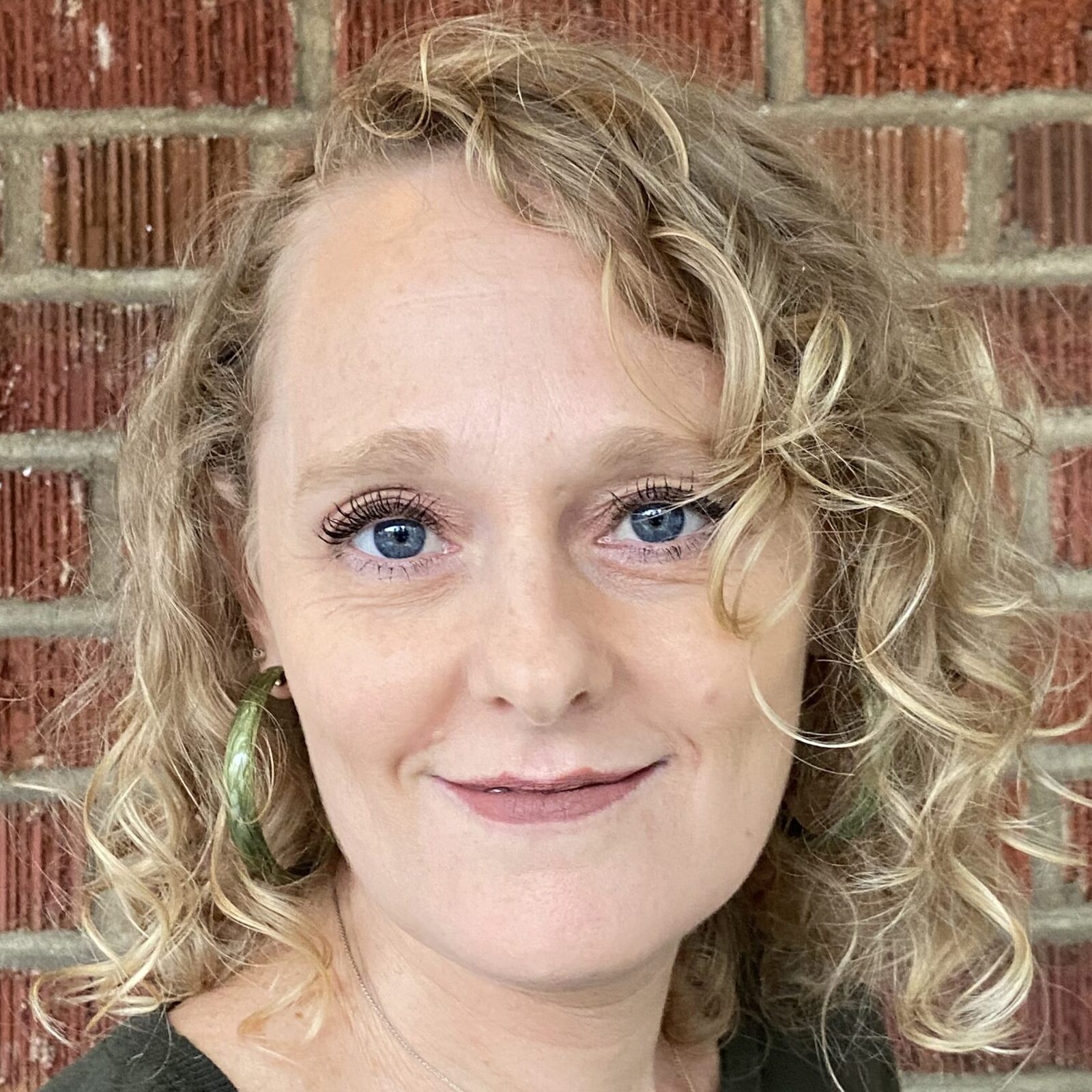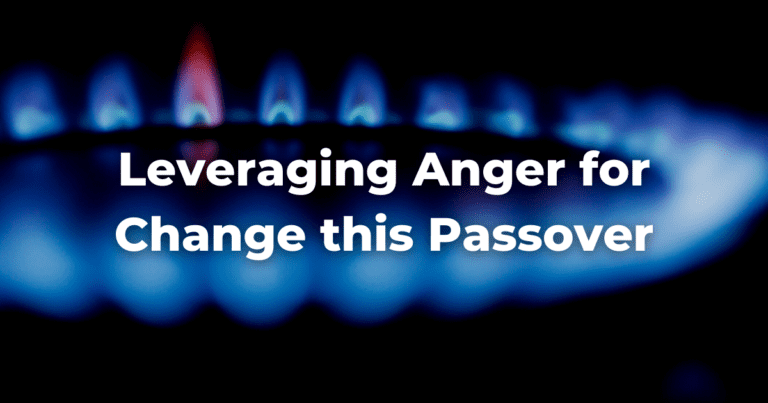This piece is part of Exploring Judaism’s 5784 Passover Reader. Download the whole reader here.
“Ma nishtana halilah ha zeh.” Why is this night different from all other nights?
This question is at the very heart of the seder and many of its rituals are designed to provoke its asking in a variety of different ways. Seder night dinner should feel different from the ordinary. We do this with matzah, with dipping, and symbolic herbs.
In my family, we also do this by changing the location of our seder meal. Both my husband and I grew up with long seders spent sitting at the dining room table, a pillow awkwardly stuffed behind us. But although we would all lean to the left while drinking our wine, you could not call it reclining.
Mishna Pesachim 10:1 instructs us that “Even the poorest of Jews should not eat the meal on Passover night until he reclines on his left side, as free and wealthy people recline when they eat.” The Passover meal should feel luxurious and relaxed like the meals of the richest 1%.
In the time of the MishnahA collection of rabbinic teachings edited in Israel around 225 CE. Organized in six sedaraim by subject matter and dealing with both ritual and civil law. Both the Jerusalem and Babylonian Talmud are expansive discussions of the Mishnah. Read more, those people were the Greeks and Romans who would recline on couches while enjoying good food and debating big ideas. Our seders today are the Rabbis’ repurposing of the Symposium of their neighbors to discuss the ideas important to Judaism: To explore the meaning of freedom, to extol the wonders of God, and to celebrate the gift of being Jewish.
It is hard to luxuriate while sitting on stiff dining room chairs (or worse, metal folding chairs brought up from the basement).
We moved our seder to our living room to construct an environment of relaxation and participation. We rearrange the furniture to bring in an extra couch and still have straight-back chairs for those with bad backs and pillows on the floor for the kids who move around throughout the evening. We set up our coffee table with matzah, salt water, and seder plate and strew occasional tables around the room for people to leave their wine glasses on.
Every year we host a mix of knowledgeable Jews, curious non-Jews, and everyone in between for our (admittedly) very long seder. But I find people’s patience for participating in a long evening of singing, talking, discussing and questioning is greatly expanded when they are comfortable. Our living room provides the right environment for a lingering evening.
It also helps that we serve an expanded karpas course—adding artichokes dipped in butter, crudities and dips, and sweet potato fries dipped in ketchup to the traditional parsley dipped in salt water. We find that these nods to the comfort of our guests enhance everyone’s seder experience.
Often the first question of the evening is the exclaim of surprise “Oh we’re sitting on couches?!?” which is just one more way to ask “Ma Nishtana?”
Author
-

Melissa Werbow serves as the Education Director at the Hill Havurah in Washington, D.C., and as a community builder at IYUN, helping communities launch adult learning circles. She is passionate about creating authentic communities and empowering learners to take ownership of the Jewish tradition. She has spent her career straddling the worlds of congregational, adult, and day school education. She and Rabbi Mike Werbow are the parents of three mostly delightful children and one very spoiled dog. Melissa is currently obsessing about gluten-free vegetarian cooking, parenting teenagers, and what novel she should read next.
View all posts






